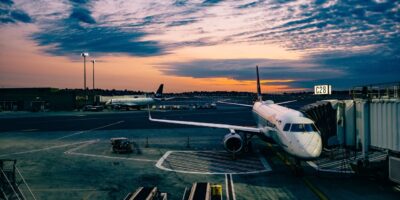Pilot Layoffs: Industry Impact and Workforce Realities
The aviation sector has experienced significant turbulence due to pilot layoffs. The primary causes include economic downturns, reduced travel demand, and operational restructures. Pilot layoffs have a direct impact on both the industry and the individuals involved. Understanding the reasons, effects, and responses can shed light on this issue.

Causes of Pilot Layoffs
Economic downturns hit the aviation sector hard. Reduced disposable income leads to fewer people traveling. For example, the financial crisis of 2008 caused many airlines to reduce flights and routes, leaving pilots without jobs. Similarly, the COVID-19 pandemic forced a massive reduction in passenger numbers, prompting airlines to downsize their workforce drastically.
Operational restructuring by airlines is another significant factor. Airlines often merge with or acquire other airlines to cut costs and improve efficiency. These moves frequently result in redundancy of staff, including pilots. For instance, the merger of US Airways and American Airlines led to overstaffing, causing many pilots to face layoffs.
Effects on Pilots
Pilot layoffs create immediate and long-term challenges for individuals. The most direct effect is unemployment. Finding new employment can be difficult in a saturated market. The job hunt may involve relocating or accepting less favorable terms.
Financial strain is a significant issue. Pilots often have substantial financial commitments. Unforeseen layoffs disrupt income streams, leading to potential economic difficulties, including debt or foreclosure risks.
Maintaining certification and skills during periods of unemployment is critical. Pilots need to log flight hours regularly to keep their licenses current. Layoffs can make it difficult to meet these requirements, negatively impacting future job prospects.
Impact on the Airline Industry
Layoffs affect an airline’s operational capacity. When airlines reduce their pilot workforce, they may need to cut routes. This can decrease an airline’s market presence and revenue. Recovery from such cutbacks can take time and effort, including rehiring and retraining staff.
Public perception and trust in an airline can also be influenced. Frequent layoffs may signal financial instability to customers, deterring them from flying with the affected airline. Maintaining consumer confidence is vital for the sustainability of an airline’s business.
Airline Responses to Layoffs
Airlines often implement furloughs as a temporary measure. Furloughs differ from layoffs as they involve temporary unpaid leave rather than permanent job loss. This allows airlines to bring pilots back more quickly when demand recovers. However, furloughs still present challenges to the pilots affected.
Some airlines offer early retirement packages. These packages incentivize senior pilots to retire earlier than planned. This practice can help reduce payroll expenses while minimizing the need for layoffs of younger pilots.
Government and Union Involvement
Government interventions have occasionally provided relief. For instance, during the COVID-19 pandemic, the U.S. government provided financial aid to airlines under the CARES Act. This aid helped mitigate the number of layoffs. However, such measures are typically short-term and cannot wholly prevent job losses.
Unions play a crucial role in supporting pilots. They often negotiate severance packages, provide legal assistance, and advocate for fair treatment. Unions may also lobby for industry-wide changes to improve job security and working conditions for pilots.
Potential Long-Term Solutions
Diversification of skills is one approach pilots can take. Acquiring additional certifications or training in related fields can open up alternative career opportunities. This not only increases employability but also reduces dependence on the volatile aviation sector.
Collaborative agreements between airlines can also be beneficial. Sharing resources and staff during downturns could help maintain employment levels. This type of cooperation requires careful planning and agreement on terms but can be mutually advantageous.
Future Outlook
The future of pilot employment remains uncertain. Industry recovery is closely tied to economic conditions and global events. Monitoring these factors and the responses by airlines and governments will provide insight into the stability and resilience of pilot employment in the long term.


